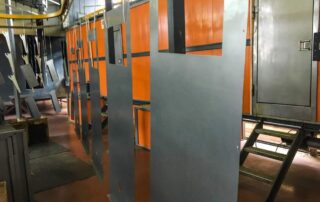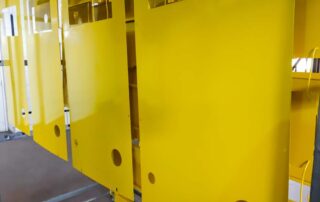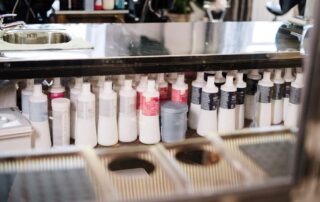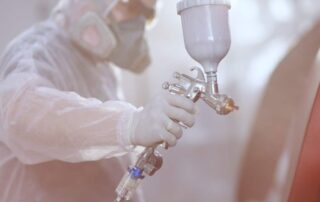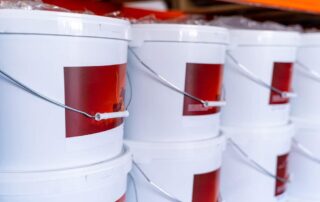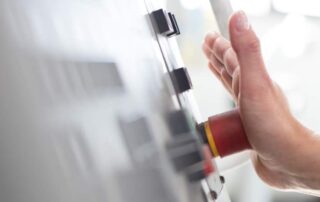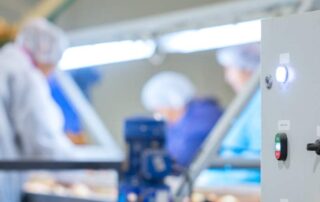Maintaining Your Paint Line Conveyor System
Routine check-ups and preventive maintenance ensure your paint line conveyor system runs at peak performance, decreases the chance of unexpected shut-downs, and prolongs the life of your equipment. No one can deny that it’s better to schedule downtime for maintenance than to have an emergency situation that interrupts production, requires immediate attention for repairs, and necessitates replacement parts be expedited. Below are six maintenance activities that help keep your conveyor system running optimally: 1. Perform a quick checkup of your conveying system every day. While the conveyor system is running, look to see if there are any leaks, oil stains, or visual signs of wear and tear. Listen for noises that are unusual and could indicate worn parts. Always write down and record the results of your quick visual and audible inspection for future reference. 2. Clean your paint line conveyor system on a regular basis. Paint line conveyor systems are most often in facilities full of contaminants - from paint overspray to dust, dirt, and debris. Regularly cleaning contaminants and removal of built-up coatings now will decrease the likelihood [...]

